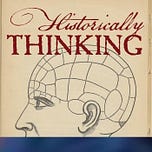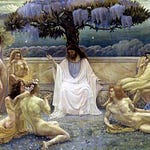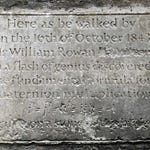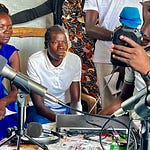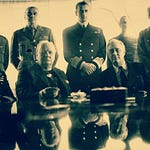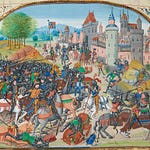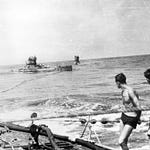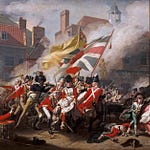Originally published on November 25, 2020 (Episode 187)
Introduction
In 1951, a young historian of science named Derek Price was examining a medieval manuscript in the library of Peterhouse College in Cambridge. When the pages of parchment were unbound from their 19th-century binding, he was delighted to see the name “Chaucer.”
But this was not a manuscript of the Canterbury Tales, nor even a letter—but an instruction manual for a scientific instrument. As my guest Seb Falk explains, the manuscript turned out not to have been authored by Geoffrey Chaucer, but by an obscure Benedictine monk named John of Westwyk.
John’s life and scientific interests offer us a window into the fascinating world of medieval European science, which Falk explores in his new book The Light Ages: The Surprising Story of Medieval Science. Using the few scraps of information about John that remain, Falk reconstructs the rich context of medieval investigation: from the colleges of Oxford, to John’s own monastery of St. Alban’s, and even his participation in a crusade to Flanders.
About the Guest
Seb Falk is a historian of medieval science and a qualified teacher. He has also worked as a civil servant, lecturer, museum curator, yachmaster, marathon runner, mountaineer, and Special Constable.
For Further Investigation
Seb Falk, The Light Ages: The Surprising Story of Medieval Science (W.W. Norton, 2020)
John North, God’s Clockmaker: Richard of Wallingford and the Invention of Time
Edward Grant, Science and Religion, 400–1550: From Aristotle to Copernicus
James Hannam, God’s Philosophers: How the Medieval World Laid the Foundations of Modern Science
Listen & Discuss
What surprises you most about medieval science? Share your reflections in the comments, and consider forwarding this episode to a friend who might still believe the Middle Ages were “dark.”

